Understanding 3 Types of Positioners to Support Pan Tilt Function
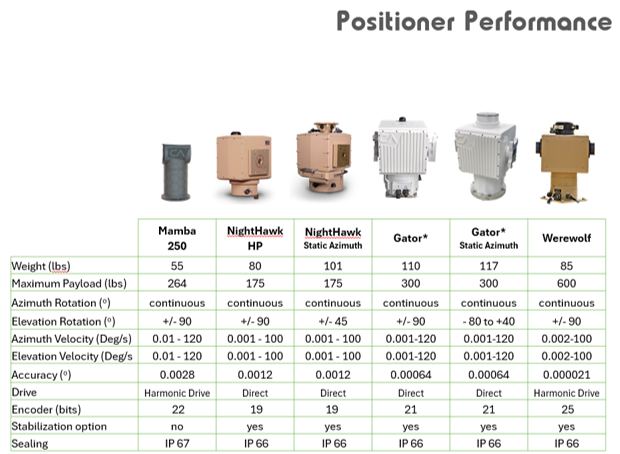
Precision positioners play a crucial role in control for camera systems, robotics, and industrial applications. They allow devices to move smoothly and accurately in specific directions, crucial for tasks like tracking, monitoring, or adjusting the angle of a camera or sensor.
Among the most common types of positioners are Worm Drive, Direct Drive, and Harmonic Drive systems. Each has its unique features, benefits, and ideal applications. Understanding these differences can help you choose the right positioner for your specific needs.
There are many reputable surveillance camera companies for security cameras that can help you get the best image quality and tracking; understanding the pan and tilt technology and pros and cons for each type can help you pick the best option for your budget and application. Pan tilt systems offer greater flexibility and coverage compared to fixed surveillance cameras. While most pan tilt security cameras include dome and indoor home camera types, there are few bullet security cameras that also support a pan tilt function.
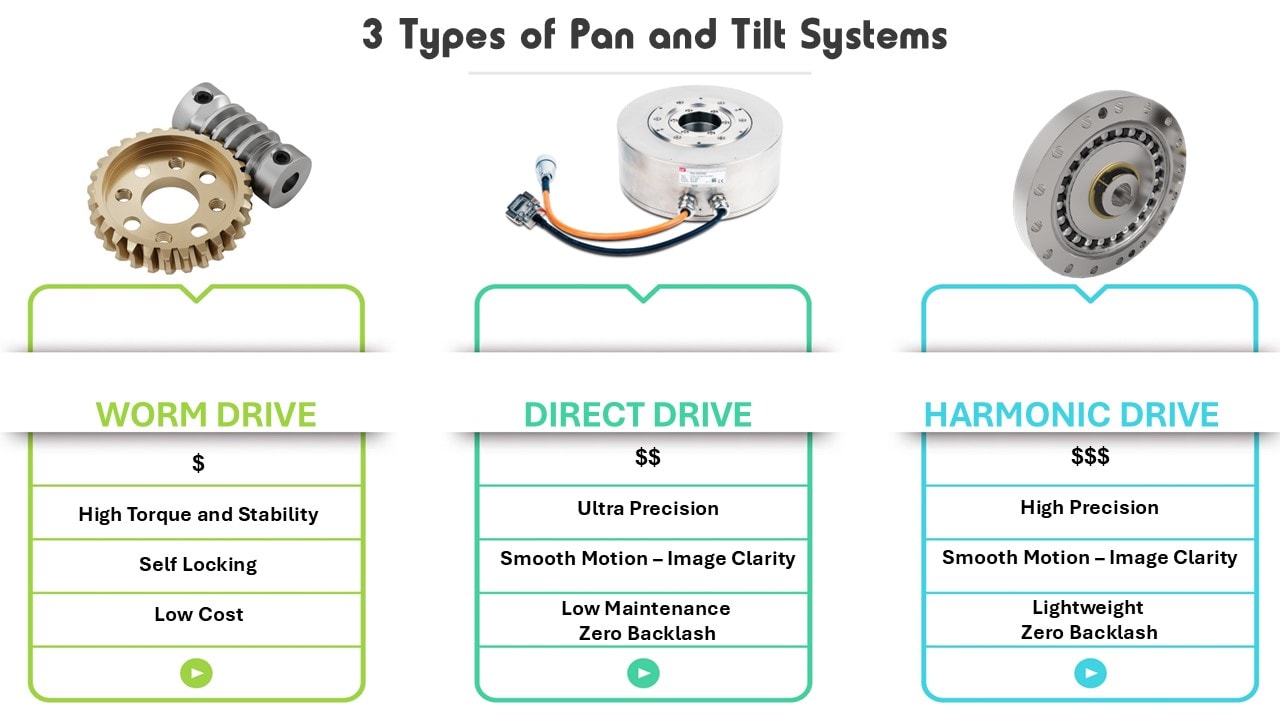
1. How Do Worm Drive Positioners Work?
Worm drive positioners use a screw-like gear called a worm that meshes with a toothed wheel. When the worm rotates, it moves the wheel, which drives the motion of the attached device. The gear reduction in a worm drive system provides high torque with low-speed motion, making it ideal for applications that require fine positioning. These highly cost-effective have backlash, low accuracy, and lower performance for tracking threats.
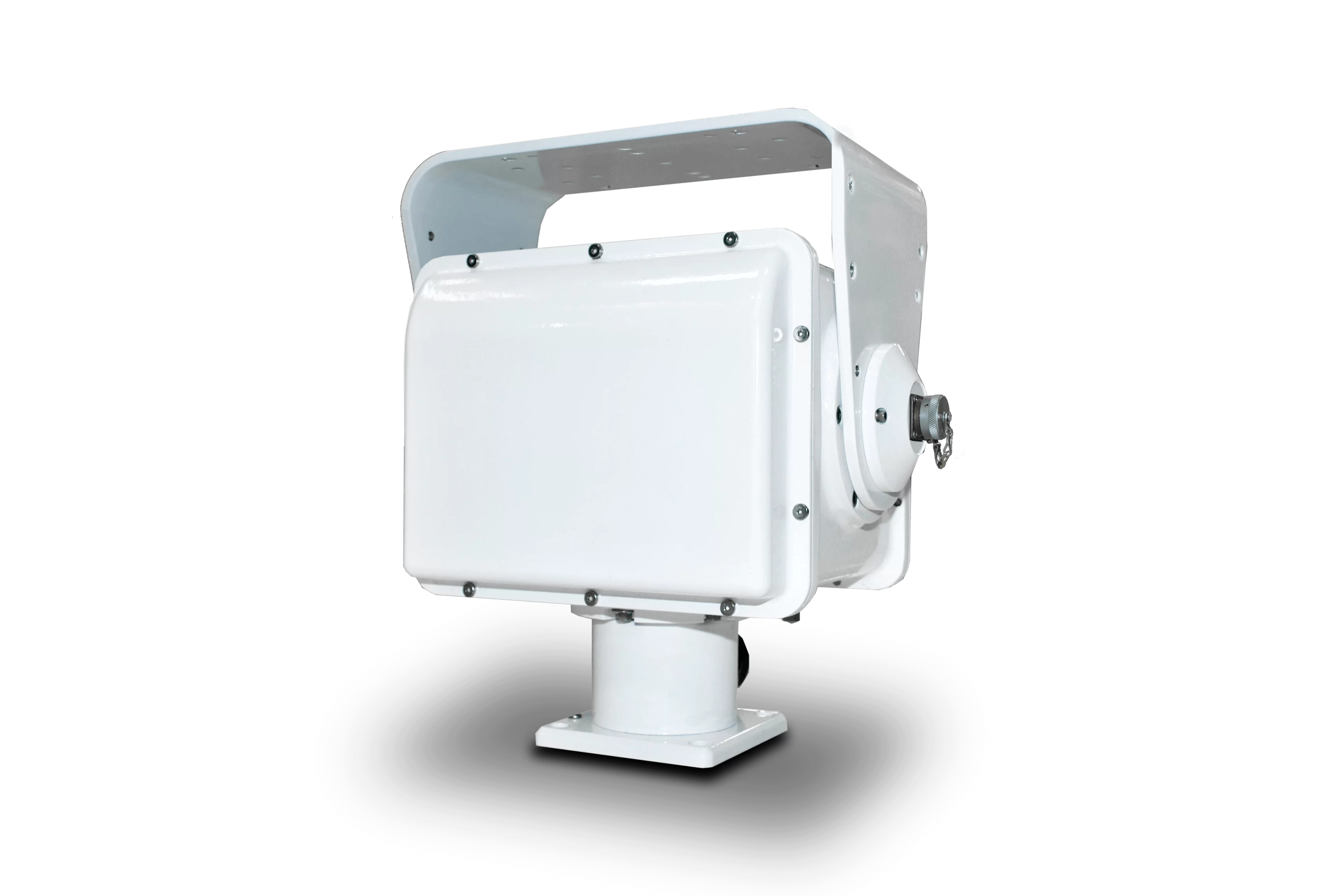
Benefits
- High Torque and Stability: Worm drives offer significant torque output, making them suitable for heavy loads or applications where stable positioning is crucial.
- Self-Locking Mechanism: One of the key advantages is the self-locking ability, which prevents back-driving. This camera pan method of motion can make the far less precise. This feature ensures that the device remains in position even when the power is off.
- Cost-Effective: Worm drive systems are generally more affordable and durable compared to other positioner types.
Ideal Applications
Worm drive positioners are commonly used in lower tech security camera systems, particularly in PTZ (pan-tilt-zoom) setups, where lower precision control is needed. They’re ideal for pan tilt security cameras that are stationary and tend to look at a few specific locations.
How Do Direct Drive Positioners Work?
Direct drive positioners eliminate the need for gears by connecting the motor directly to the load. This direct connection provides a smoother and more precise movement with almost no mechanical backlash, resulting in high accuracy. If you need a fast slew to cue, or very stable tracking this type of drive gives the best performance. If you power down the positioner, you will require brakes to hold the position that can add cost. Most robotics are direct drive.
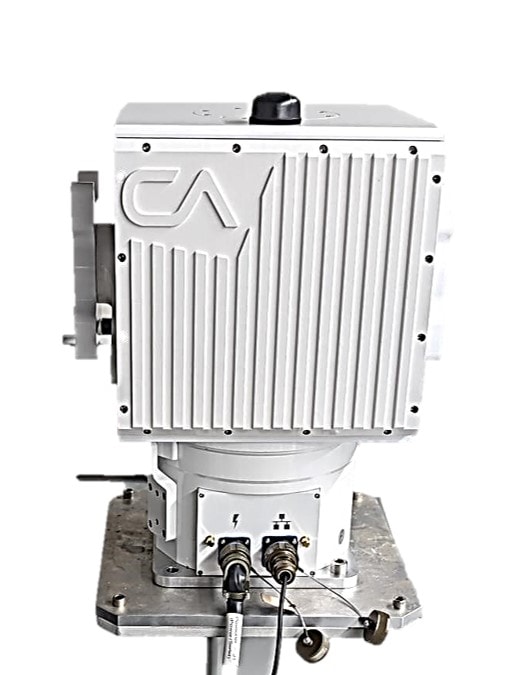
Benefits
- High Precision: Direct drive systems offer exceptional positioning accuracy, as there are no gears or belts to introduce backlash or mechanical error.
- Faster Slew to Cue: These positioners provide quick rotation speed and smooth acceleration and deceleration, allowing for quick adjustments, which is ideal for dynamic applications and tracking at long distances.
- Smoother Motion & associated Image clarity: These positioners provide faster acceleration and deceleration, allowing for quick adjustments, which is ideal for dynamic applications.
- Low Maintenance: With fewer moving parts, direct drive positioners require less maintenance and have a longer lifespan compared to gear-based systems.
Ideal Applications
Direct drive positioners are best suited for applications that require high-speed performance and precision, such as advanced PTZ camera systems in surveillance, robotics, and aerospace. They are also widely used in laboratory equipment and semiconductor manufacturing, where accuracy and responsiveness are critical. This smooth positioning helps you coast to restart tracking when you lose track of an item of interest.
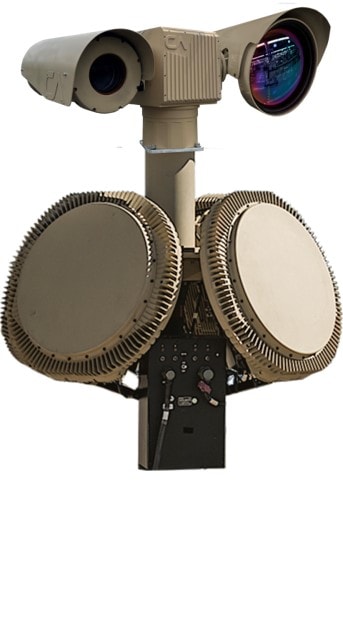
How Do Harmonic Drive Positioners Work?
Harmonic drive positioners use a unique gear mechanism that relies on a flexible, deformable gear called a "flexspline" and a circular spline to transmit motion. The interaction between these components creates a high reduction ratio, allowing for precise positioning with minimal backlash.
Benefits
- Ultra-Precision and Smooth Movement: Harmonic drives offer one of the highest levels of precision and smoothness in motion, making them ideal for applications requiring meticulous control or where high power weapons are attached.
- Compact and Lightweight Design: These positioners provide excellent torque density in a compact size, which is beneficial when space and weight are constraints.
- Zero Backlash: With their unique gear mechanism, harmonic drives virtually eliminate backlash, resulting in consistent and repeatable performance.
Ideal Applications
Harmonic drive positioners are commonly used in aerospace and defense industries, as well as in robotics and automation systems that demand ultra-precise control. They are also a key choice for high-performance PTZ camera systems in critical infrastructure monitoring, where smooth and accurate movement is essential and are ideal for mobile and weapons platforms.
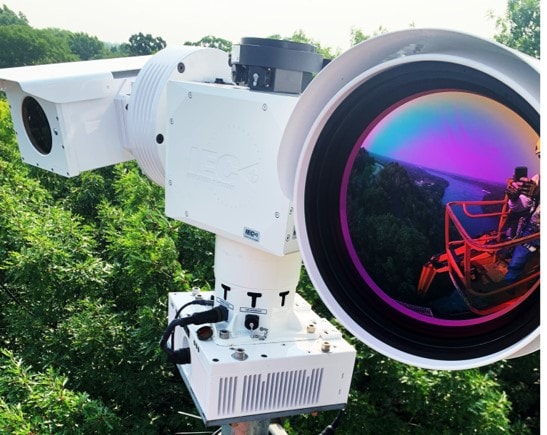
What is Pan Tilt and Zoom in Outdoor and Indoor Cameras?
Pan Tilt and Zoom (PTZ) refers to the dynamic capabilities of a camera to move horizontally (pan), vertically (tilt), and adjust its focal length (zoom) to capture a specific area or object. This functionality is crucial for both outdoor and indoor cameras, as it allows users to monitor multiple positions and adjust the camera’s view to focus on areas of interest.
In the context of security cameras, PTZ functionality is particularly valuable. It enables users to track movement across a wide field of view and zoom in on suspicious activities for a closer inspection. For instance, a pan tilt IP camera can cover large outdoor areas, such as parking lots or building perimeters, while indoor PTZ cameras can monitor expansive indoor spaces like warehouses or retail stores. The ability to remotely control these movements ensures comprehensive surveillance and enhances the overall security system’s effectiveness.
Choosing the Right Pan Tilt Security Cameras and Positioners for Your Needs
Selecting the right positioner depends on the specific requirements of your application:
-
Worm Drive: Ideal for cost-effective, heavy-duty applications that require stability and self-locking capabilities.
-
Direct Drive: Best for high-speed, precision applications that require quick response and low maintenance many now have self locking mechanisms. Backlash and wind response can range on these models dependent highly on the software controls and electronics.
-
Harmonic Drive: Perfect for scenarios demanding ultra-precision and compact design, especially where zero backlash is essential.
When considering pan tilt security cameras, it's important to use waterproof pan tilt IP security cameras outdoors. These cameras are suitable for monitoring various outdoor areas such as gardens and garages, offering flexibility in installation options, both wired and wireless, and the ability to observe any unusual activity around the property.
You may see some pan tilt IP cameras with tracking. Auto tracking PT(Z) IP cameras can track moving objects with the built-in firmware program that monitor the change of pixels generated by the video clip. Different pan tilts will offer different options and this should be understood before the purchase.
Avoiding Lag in Night Vision Pan Tilt Surveillance Systems
PTU Lag
For a responsive pan tilt security camera you need to avoid lag, it’s essential to avoid jerky motion and vibrations and have good tilt speed and pan speed for your camera suits. Quick and smooth slew movements is required to cue accurately and efficiently.
Video Lag
Reputable security camera companies, such as Clear Align, will provide you extremely clear night vision images with almost no noise or lag. Lag can often arise from both PTUs and cameras, leading to delays in image processing and slower response times during tracking and positioning. This latency can undermine the effectiveness of surveillance, especially in fast-paced situations where real-time actions are critical. Utilizing up-to-date electronics and optimized software is crucial to reducing delays.
Modern systems with minimized lag enable rapid data processing and deliver smooth, precise movements, ensuring security operations remain reliable and responsive in critical scenarios. Additionally, using multiple pan tilt WiFi cameras wiEfth intuitive software can further reduce video lag and enhance real-time monitoring.
Pan and Tilt Accessories
Static Azimuth Indicators
Static azimuth indicators are essential accessories for high quality pan-tilt systems, providing a clear and reliable reference for the camera's horizontal orientation. These devices allow operators to know the exact position of the camera in relation to a fixed point, making it easier to target and monitor specific areas or objects.
Static azimuth indicators are especially valuable in environments where precise surveillance is critical, such as longer range border security, perimeter monitoring, and high-stakes industrial applications. By enabling consistent accuracy in the camera’s position, these indicators enhance the overall effectiveness of the system, ensuring that operators can quickly reorient the camera to specific coordinates if necessary.
Braking Systems
Brakes play a crucial role in the stability and control of pan-tilt units, especially in mobile surveillance applications when precise positioning is required. High-quality braking systems can lock the camera in place instantly, preventing unwanted movement and ensuring the camera stays fixed on its target. This feature is particularly important for long-range surveillance or when monitoring small, distant objects that require a steady view.
The ability to engage brakes quickly also aids in the protection of the mechanical components within the pan-tilt system, reducing wear and tear caused by unnecessary motion. A reliable braking system ultimately extends the lifespan of the equipment by maintaining precise control and stability under high shock or vibration conditions.
Gyro Stabilization
Gyro stabilization is a critical accessory for advanced pan-tilt systems, especially when the cameras are mounted on platforms subject to vibration or movement, such as vehicles, towers, or marine vessels. Gyroscopes detect and counteract movement by automatically adjusting the pan-tilt unit to stabilize the camera's line of sight, delivering smooth and jitter-free video even in turbulent conditions. This technology is indispensable for maintaining a clear image when tracking fast-moving targets or conducting surveillance in dynamic environments.
Gyro-stabilized systems also enhance the accuracy of object detection and tracking algorithms, as the stabilization minimizes the false alerts triggered by camera shake. With gyro stabilization, your system achieves the best performance in both mobile and stationary applications, offering consistent clarity and precision.
The Value of Integrated Accessories
Integrating these accessories into your pan-tilt system brings a significant advantage to overall performance, durability, and operational efficiency. Static azimuth indicators ensure that camera movements are predictable and repeatable, while braking systems secure the camera's position, reducing unnecessary stress on the components.
Gyro stabilization pan tilt technology provides the necessary compensation for physical disturbances, allowing for clear and steady imaging. Together, these features contribute to a more resilient and effective surveillance solution, reducing the need for manual intervention and extending system life. Investing in these accessories not only enhances the capability of your system but also optimizes maintenance efforts, making it easier and more cost-effective to sustain peak performance over time.
Remote Control and Auto Tracking: Empowering Operators
Remote Control
Pan camera systems are controlling camera movement and camera zoom function remotely through a software interface. The software interface is the heart of your system, providing the ability to manage a tilting security camera for real-time monitoring. This allows users control of pan, tilt, and zoom from a central control room or even through a smartphone app. Pan tilt IP cameras offer enhanced flexibility and monitoring capabilities, allowing users to remotely adjust the camera to cover multiple positions for comprehensive surveillance.
Motion Detection Pan Tilt and Auto Tracking Capability or upgrades should be considered
Auto tracking enables tracking of moving objects without manual pan, tilt and zoom adjustments to more accurately capture real-time threat footage. This technology can be used for live streaming projects.
Understanding the strengths and limitations of each type of positioner can help you make an informed decision, ensuring that your system operates with maximum efficiency and reliability. Whether you're setting up a surveillance network, deploying industrial robots, or designing aerospace systems, choosing the right positioner is key to achieving your performance goals. Let us help with selection.
Automation
Automating detection, tracking, and classification of targets reduces the cognitive burden on operators, minimizing the need for constant manual monitoring and decision-making. The integration of intelligent tracking with real-time alerts ensures that your surveillance system operates efficiently and effectively, responding to potential threats faster and with greater precision.
Autonomy - Motion Activated Function with AI
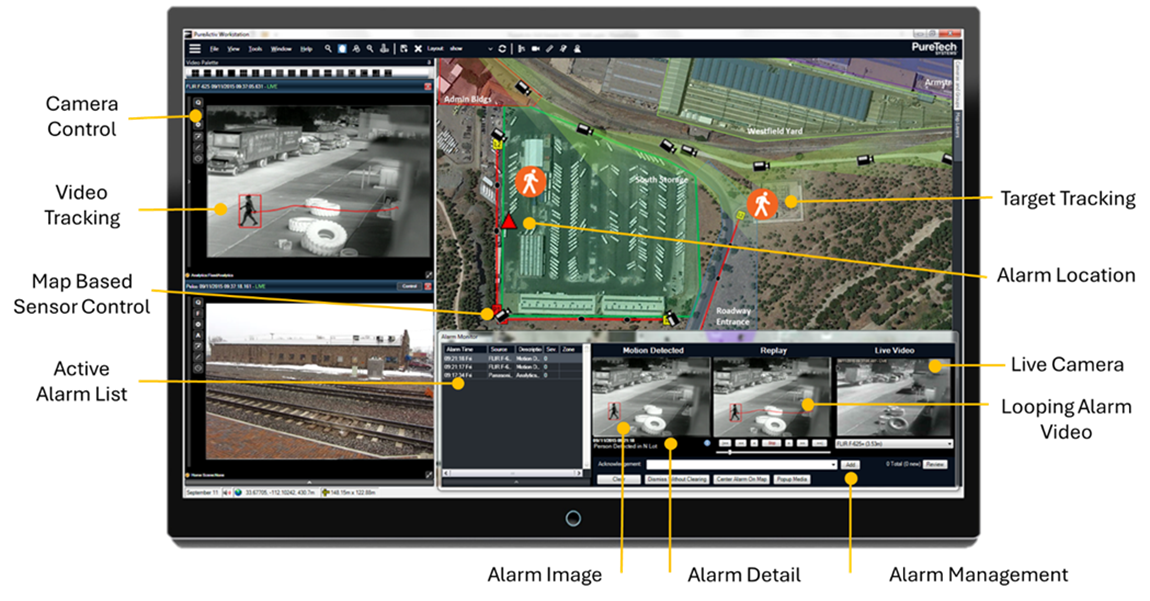
Motion activated autonomous detection and classification functions provide smart behaviors so that any critical events detected can be forwarded to operators anywhere including in the field with key data necessary to make decisions. Remote access can be added to authorized personnel allowing them to be physically untethered from the system. When there are any motion events detected by your pan tilt cameras mounted outdoors, you can receive notifications, so you can access your video surveillance systems to see who and what triggered the event, and decide how to respond.